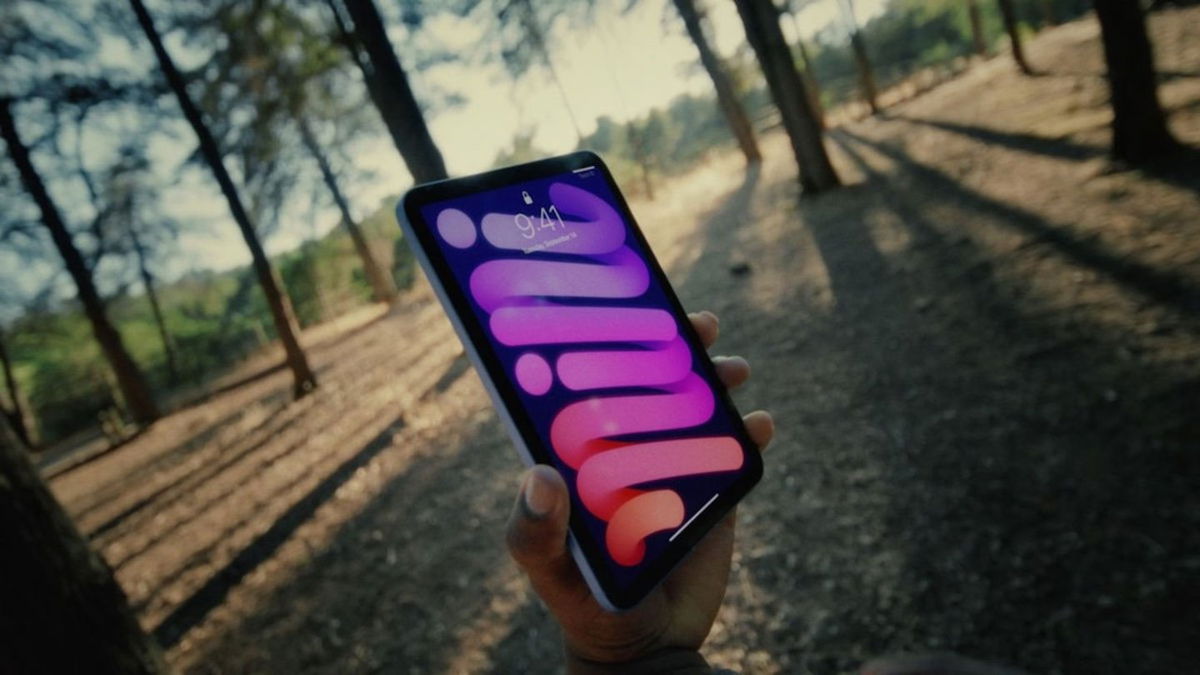The possible existence of lakes with liquid water on Mars has diverted attention to the south pole of the red planet. However, it seems that its north pole is no less amazing. According to a new 3D radar image, this area of our neighbor would hide the Grand Canyon under huge layers of snow.
The discovery was made as a result of research conducted at the Institute for Planetary Sciences under the direction of Nathaniel Putzig. From here, the researchers collected data from NASA’s Mars Reconnaissance Orbiter (MRO) on Mars, which is tasked with creating a new polar map of the red planet. On the latest pictures possible canyon hidden under snow surface discovered.
Until now, this region has been a bit fuzzy for scientists. However, new intelligence data has allowed us to see what looks like a canyon and possibly a crater. formed by the impact of a celestial body. The imaging technique that enabled these discoveries is known as ground penetrating radar and makes it easier to capture details below the planet’s surface.
MRO, for its part, has Shallow Radar (SHARAD). This tool allows you to take pictures of the Martian surface using waves that bounce off the planet. So the research team you can see what’s under all that ice without digging. They subsequently converted these images into a 3D file to make them easier to study.
Exploration of Mars is not limited to its surface
 100vw, 780px”><noscript><img data-attachment-id=) ESA/DLR/FU Berlin
ESA/DLR/FU Berlin
Nathaniel Putzig, lead author of the study, discusses how a 3D map of the north pole of Mars was made possible.
“When creating a 3D GPR, we combined all the data from many 2D profiles in the area of interest and applied advanced 3D visualization techniques to unravel all obstacles present in 2D profiles,” he says.
Likewise, this is a 3D GPR image makes it easier to observe better-focused elements that were previously impossible or very difficult study because of its two-dimensionality. In this way, understanding of the history of the north pole of Mars, as well as its processes and climate, can be improved. In fact, while this 3D mapping is a great achievement, Putzig says there is “a lot of detailed mapping work to come.”
This is indeed the north pole of the red planet.
SHARAD images have revealed that the north pole of Mars has much deeper canyons than previously thought. We hope in time to find out what is hidden in these huge cracks in the Martian north, but for now it reminds us that most of the secrets of the red planet are not on its surface.
In fact, the history of Mars over the past few million years has been truly tragic. Having lost its magnetic field and most of its atmosphere, the red planet saw that all the bodies of water on its surface evaporated. This led the scientific community to think about Mars could contain primordial life. Today, Curiosity is looking for evidence to disprove or prove this possibility – and found some of it.
SHARAD, for its part, was technology designed to find places where there might be water below the surface today, but thanks to this research, It seems that this is not the only application that scientists will be able to give him in the future..
Source: Hiper Textual













